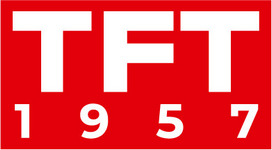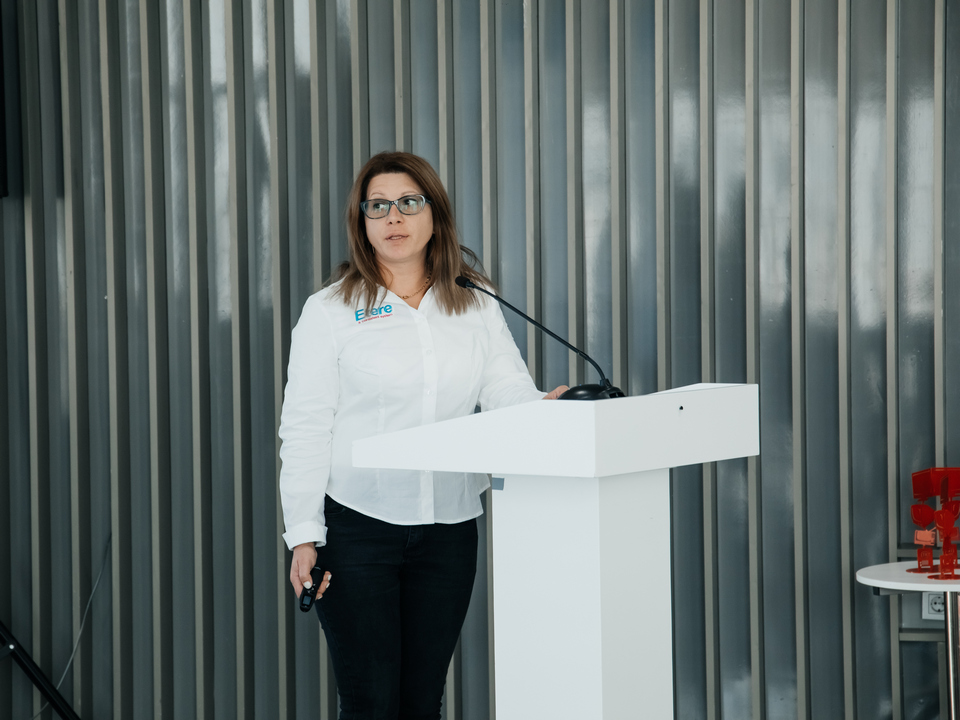Speranza Mitsney, Business Development Director at Etere, in the traditional TKT1957 survey at the end of the year.
-
What trends will be most important for broadcast, cinema and Pro AV industries in the next 5 years?
- Advanced Analytics and AI: everyone, including us, has been exploring the use of advanced analytics and artificial intelligence (AI) to gain insights into viewer preferences, improve content recommendations, and enhance personalized experiences as well as content creation and distribution workflows. We see this grow even more to further automatize everything, this could probably be detrimental as we will see less jobs needed and people will need to move to a different department or sector.
- Remote Production and Collaboration: The trend toward remote production and collaboration, accelerated by the global events of 2020, was expected to continue. Broadcasters were likely to invest in technologies that enable remote content creation, editing, and collaboration among geographically dispersed teams. This can be very good to diversify ideas inside a firm and furthermore better for the environment as there will be less people commuting daily.
- Moving away from cloud: In a notable shift, some broadcast companies are reevaluating their reliance on cloud-based infrastructure, moving away from it due to perceived concerns regarding reliability, security, and cost-effectiveness. While the cloud has offered advantages in terms of scalability and flexibility, some industry players are finding that it may not consistently meet the high standards required for broadcasting. Issues related to service outages, data security, and escalating costs have prompted these companies to explore alternative solutions that better align with their specific needs. This departure from the cloud underscores the dynamic nature of the broadcasting landscape, as companies seek more dependable and cost-efficient technologies to ensure seamless content delivery and safeguard sensitive data.
-
Which technologies and solutions do have the greatest perspective? What doesn’t have much of a chance for success?
- We strongly believe in the demise of 2110 or at least hope in it as it’s badly thought and badly executes as a “standard” if it can be described as such.
- Complex Implementation: Transitioning to SMPTE 2110 can be intricate, requiring changes to hardware, software, and operational practices.
- Network Infrastructure Requirements: Achieving the necessary network performance for SMPTE 2110 can be challenging and may demand significant investment in high-quality networking equipment.
- Synchronization Challenges: Ensuring tight synchronization of audio, video, and metadata streams is crucial but can be challenging in IP-based environments.
- Compatibility Issues: Integrating SMPTE 2110 with existing equipment and workflows may be challenging, requiring additional equipment or adaptors.
- Limited Standardization: While SMPTE 2110 provides standards for video, audio, and metadata transport, some aspects, like control and timing, may lack universal standardization.
- Resource Intensiveness: The transition to SMPTE 2110 demands substantial resources, including staff training, equipment upgrades, and workflow optimization.
- Security Concerns: IP-based workflows introduce new security challenges, necessitating robust cybersecurity measures to protect content and data.
- Ongoing Evolution: As technology evolves, SMPTE 2110 may require updates, posing challenges for early adopters to adapt to changes in the standard.
-
How did 2023 influence your company? What are the most important events in 2023 for your company?
- In 2023, our company thrived by embracing change without succumbing to fleeting trends. Instead of chasing unnecessary fads, we focused on strategic innovation, prioritizing real customer needs over superficial trends.
- Our success was rooted in a keen understanding of the evolving world, allowing us to make informed decisions that positioned us as a forward-thinking entity. We committed to efficiency and sustainability, streamlining workflows to “waste less, make more.”
- Innovation was central to our approach, as we continually improved products and services to exceed customer expectations. Our success wasn’t just financial; it reflected a holistic commitment to adaptability, sustainability, and meaningful contribution. As we move forward, we carry these principles into the future, poised for continued growth and positive impact.
-
What plans does your company have for 2024?
- In 2024, we’re witnessing a global decline in the relevance of trade shows. Recognizing this shift, our company is proactively adapting to the changing landscape by reimagining traditional engagement models.
- Rather than relying on conventional trade shows, we’re directing our focus toward innovative alternatives. A pivotal element of our strategy involves the launch of a groundbreaking AI implementation in our newsroom. This technological advancement is set to transform our content creation process, ensuring that we remain at the forefront of industry trends.
- The AI implementation is more than a response to changing market dynamics; it’s a commitment to efficiency and relevance. By harnessing artificial intelligence, we aim to deliver more personalized and engaging content, reinforcing our dedication to meeting evolving consumer needs.
- Even as trade shows diminish in impact, our commitment to meaningful connections with our audience remains steadfast. We’re exploring inventive ways to create virtual experiences that foster collaboration and networking. This dual approach—embracing digital transformation and redefining engagement strategies—positions us for success in the evolving business landscape of 2024.
Full year-end review here










